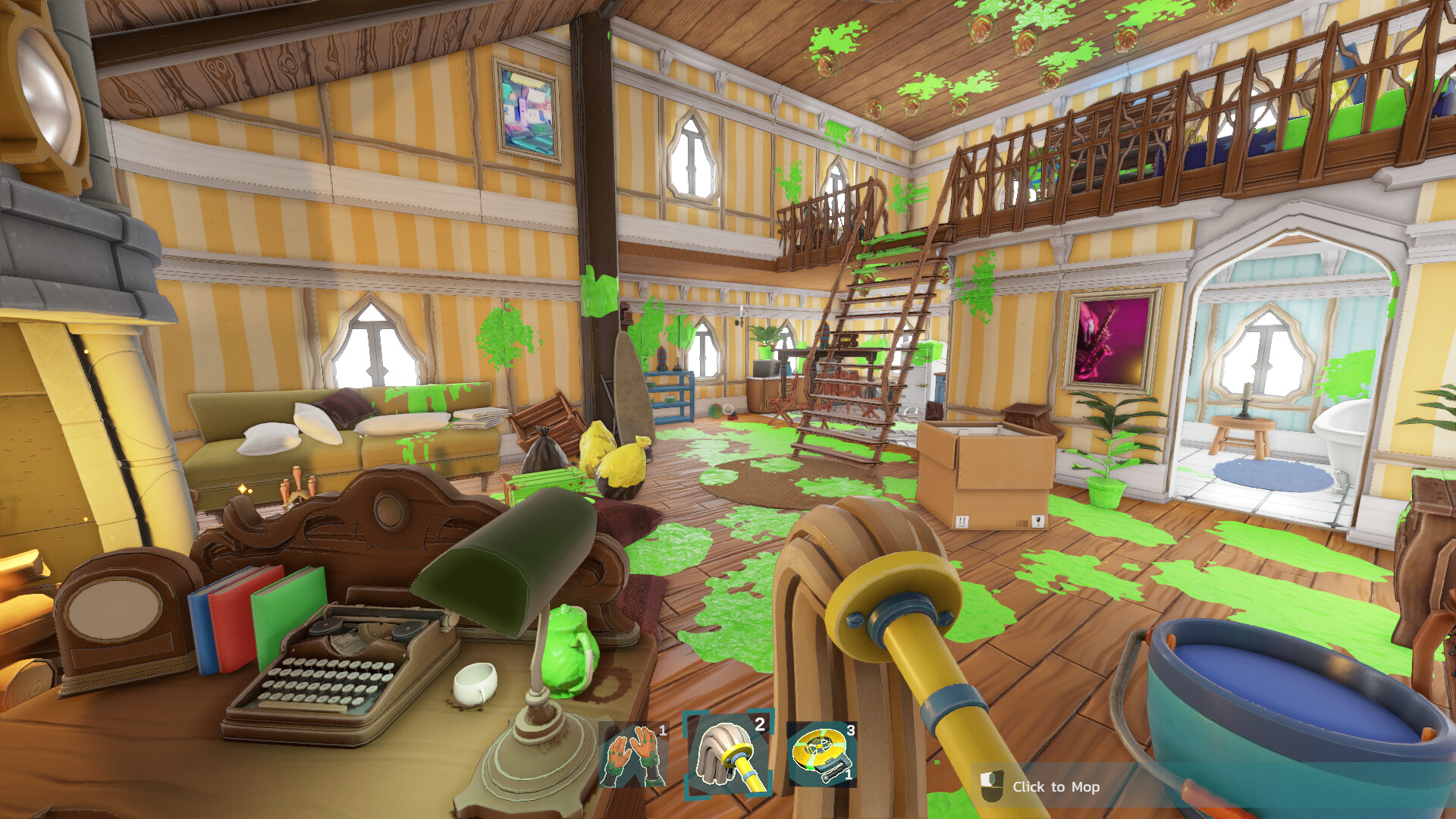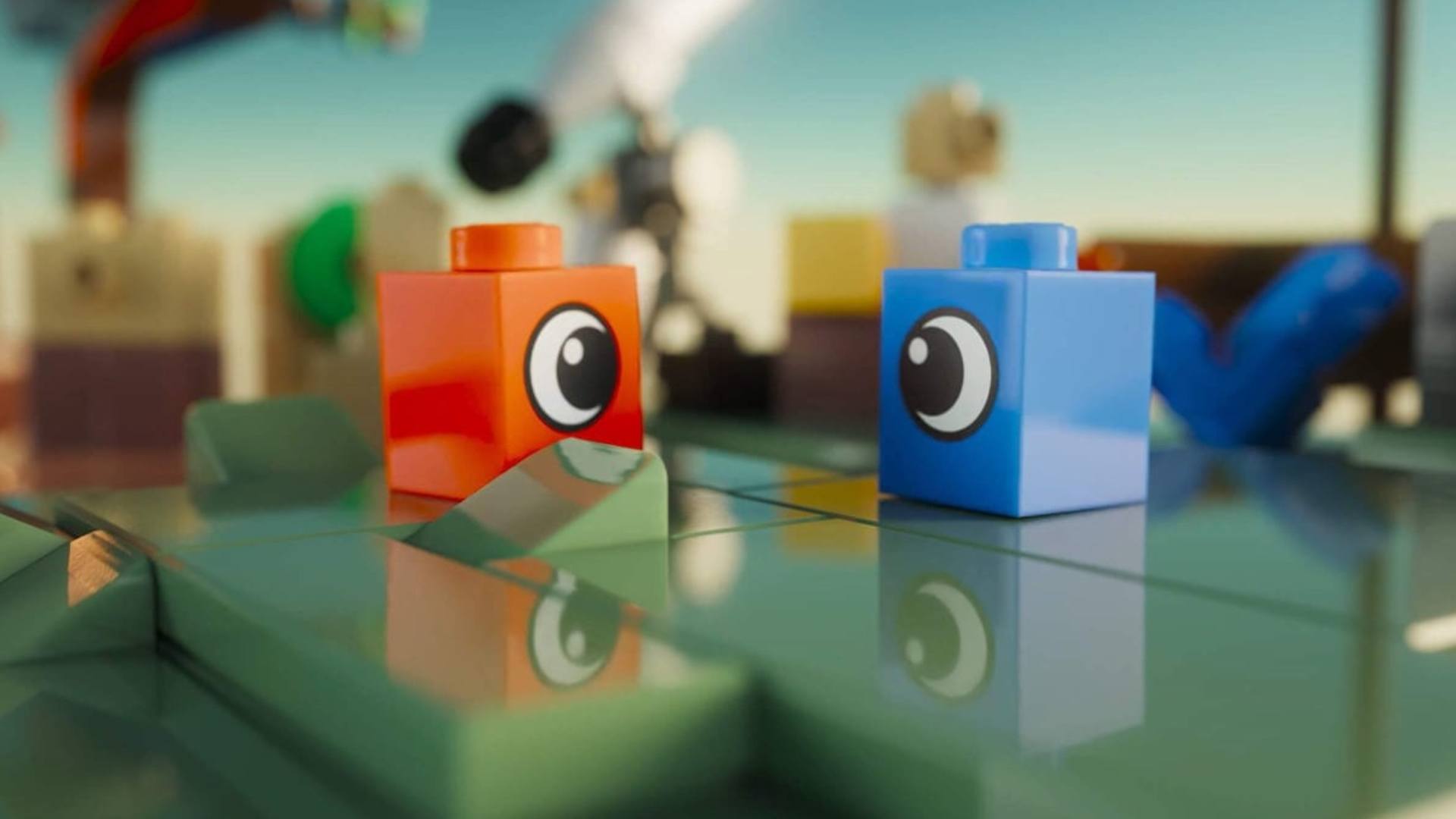You can trust VideoGamer. Our team of gaming experts spend hours testing and reviewing the latest games, to ensure you're reading the most comprehensive guide possible. Rest assured, all imagery and advice is unique and original. Check out how we test and review games here
Killzone 3 has been out for over a week now. Here we give our full impressions of the game’s multiplayer.
The most immediate thing to note about Killzone 3’s multiplayer is that it’s ditched its predecessor’s levelling-up scheme. In Killzone 2 players were forced to start out as a Rifleman – a lowly grunt equipped with an assault rifle, a sidearm and very little else. As you gathered XP and slowly climbed the ranks you’d gain access to the other classes, but while support-driven options like the Medic and Engineer arrived relatively swiftly, a hefty grind was required to reach the Scout and his sniper-based tomfoolery.
In Killzone 3, you’re allowed to use any of the five available classes from the word go. The humble Rifleman is nowhere to be found, leaving you instead with the choice of Medic, Engineer, Marksman, Infiltrator and Tactician. The first two classes retain their team-centric roles, respectively focusing on resurrecting and buffing allies, and littering the battlefield with AI turrets and ammo boxes. The Marksman snipes and hides himself with a cloak, while the Infiltrator plays a bit like the Spy from Team Fortress – disguising himself as one of the opposition and then stabbing them in the back. Finally, we have the Tactician. While he’s lost his Killzone 2 knack for generating custom spawn points, he’s able to capture key control zones of the map – allowing team-mates to call in mortar strikes and other toys.
At the start of your ascension through the ranks, each of these classes is limited to their basic loadout – leaving them to just a primary weapon, and a watered-down version of their main skill. As you earn XP from matches you’ll earn unlock points that can be invested in upgrading your skills and switching your loadout. While some of these boosts have rank-based entry requirements, the upshot of this structure is that it takes far less time to improve your class of choice – provided that you’re not scattering your points across all five.
You could argue that the absence of a grunt-like class means that newcomers are effectively dropped in at the deep end, since there’s little in the way of guidance with regard to class-specific tactics, or even how each skill should be used. All the same, this sink-or-swim approach forces new players to adapt quickly, embracing the easier ways to earn XP – like resurrecting fallen comrades as a Medic, or repairing ammo crates as an Engineer. These also encourage a team-centric mentality, which is really how the game is “supposed” to be played.
At the moment, one of the notable problems with Killzone 3’s multiplayer is that few people are actually bothering to embrace this utilitarian mindset. Or, to put it in less pretentious terms: a lot of players are just out for kills, rather than achieving the goal at hand. This is hardly the game’s fault – it’s a frequent problem in Black Ops and other popular FPS titles – but the issue feels particularly aggravating in the returning Warzone mode. Here two teams of 12 compete to fulfil mission objectives that change every few minutes. One moment you’re protecting a designated team-mate from assassination; the next you’re struggling to retrieve a blaring propaganda speaker with the help of your chums… or at least you would be, if they weren’t busy kill-whoring.
It’s an annoying situation, particularly given that there’s now a dedicated team deathmatch mode, Guerilla Warfare. Initially I wrote this off as being less interesting than the dynamic Warzone, but with time I’ve come to appreciate its comparative simplicity – particularly given that a Warzone match can easily last for half an hour at a time. Guerilla matches are a solid pick when you’re in the mood for a quick shot of action without so much tactical emphasis, although obviously the class powers still have their role to play.
For me, it’s the new Operations mode that forms the highlight of Killzone 3’s multiplayer. Here eight players take on the role of ISA troops undertaking a mission under duress, while another octet control the Helghast troops opposing them. Each timed match breaks down into several distinct segments, with a separate ISA objective in each. One map finds the supposed good guys attempting to seize control of the MAWLR – the massive robot who pops up towards the end of the single-player campaign. The ISA start out by trying to capture and hold a pair of control rooms; if they manage to do this in time, a crane lifts a vital MAWLR component onto a conveyor belt, only to find it threatened by a massive crusher. The disabling of the crusher forms the next objective, and if this is accomplished there’s a final assignment to capture a trio of batteries.
In a neat touch, these linked objectives are sandwiched by brief cutscenes, with the best players on each side cast in major roles via superimposed labels. With only three scenarios available it doesn’t take long to see all the videos, but their presence helps to make Operations an engaging experience – especially when you’re all but forced to work with your seven team-mates. When both sides put the effort in it’s not uncommon for matches to go right down to the wire, and the minor cinematic touches help to make you care about the situation at hand – something Killzone 3’s campaign routinely failed to do, for me at least.
I’d actually go one further than that, and say that the multiplayer modes here are the main reason you should pick up the game at all. Many of the things I disliked about the narrative campaign actually make a lot more sense here. In single-player, the game hops from location to location and from set piece to set piece, but it all feels a bit clinical, as if it’s simply running through a list of required elements. Online, toys like the criminally-underused jetpacks get a chance to shine. The most powerful gadgets – the jetpacks, and the stomping exoskeletons from early in the campaign – are still limited to one map each, but that’s hardly a problem as you’ll be revisiting them time and again.
The maps themselves also seem to benefit from their narrative amputation. Their visual diversity still stands, but here they also gain character thanks to the different strategies they demand. Arguably the most original creation is Akmir Snowdrift: a setting that forces you to battle your opponents in the middle of a heavy snowstorm, one that limits your vision to just a few feet in front of you. This map is also a good example of a key difference between the game’s single and multiplayer components. Online, the blockbuster graphics still help to escalate the chaos of battle, but now it’s a fight that you actually give a s*** about winning – not least because you don’t have to put up with Rico’s detestable bawling.
Over the past few days I’ve seen a fair few complaints online that Killzone 3’s multiplayer has been dumbed down – or “COD-ified”, as some have put it – in order to broaden the game’s appeal. Personally, I don’t see that as being the case, beyond the aforementioned problems with people playing solely for kills. While there are invariably other comparisons to be made, I think that the Guerrilla Games has done a pretty decent job of crafting an accessible, class-based shooter. On the whole, it feels fairly well balanced too: I’ve heard moaning that the improvements to sniping model have made the Marksman an overpowered choice, but that seems odd given how deadly a tooled-up Infiltrator can be. You do get a lot of Marksmen online, but there’s no one class that seems to be going neglected – and that probably says it all.
Aside from some of the structural revisions, the only likely area of complaint from Killzone veterans is the removal of custom game searches. You can express a preference for which map you get when searching in three available modes, but that’s pretty much it, and while you can track stats via the game’s official site, there’s nothing approaching Bungie’s levels of chin-stroking exactitude. Still, with three decent modes, a sensible unlock system and a good spread of map variety, there’s no doubt that Killzone 3 offers one of the better multiplayer experiences currently available for the PS3.
Killzone is out now on PS3.

/https://oimg.videogamer.com/images/0219/killzone_3_24.jpg)
/https://oimg.videogamer.com/images/e116/killzone_3_16.jpg)






